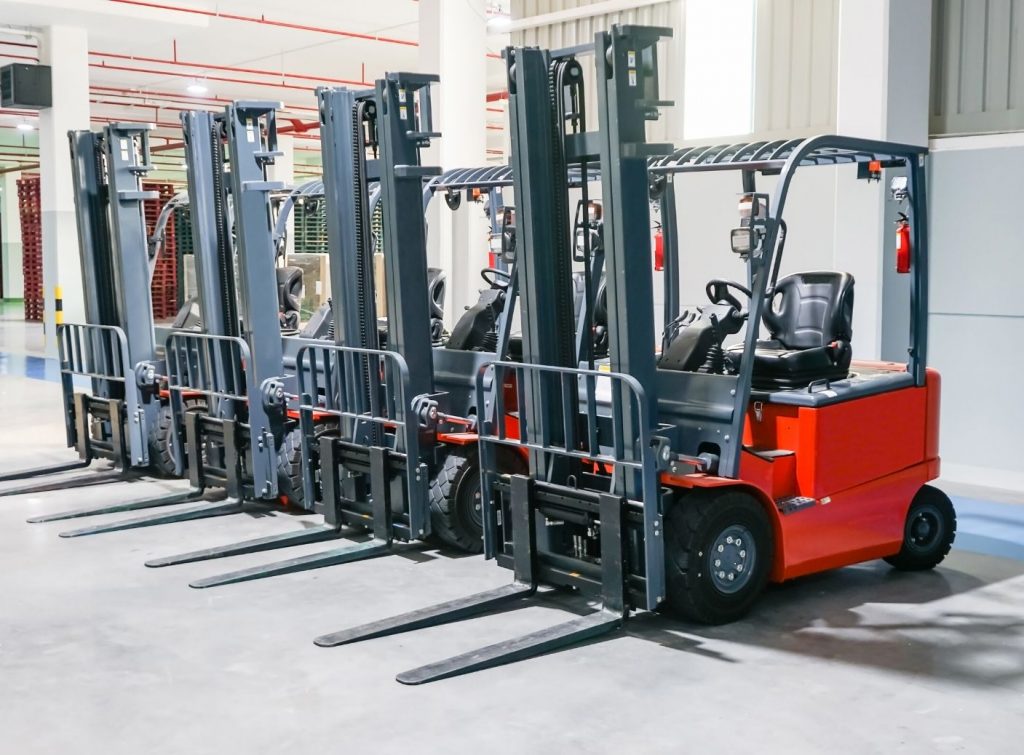Forklift Training & Certification
Common Uses for Forklifts in Business
Look inside any warehouse or manufacturing facility across the country, and odds are, you’ll see a forklift. The forklift is the workhorse of the logistics and warehousing industry; without them, not much work will get done. They move heavy loads that ten people couldn’t move by hand—that makes them valuable. There are different kinds of forklifts that do specific jobs, but they’re versatile and can perform different work on an “as needed” basis. Some of the more common uses for forklifts in businesses are listed below.
Material Movement
A forklift’s main job is to move materials from point A to point B. Be it pallets of frozen chicken breasts, fishing boats, or raw steel forklifts, they pick it up and put it where it needs to be. Operators have the proper training to drive the forklifts and know the best practices for safe truck operation. Pallets are hoisted high in the air and placed on racks so that every inch of a warehouse or industrial space is utilized. That wouldn’t be possible without the forklift’s strength and versatility.
Order Picking
Some forklifts are capable of lifting thousands of pounds high in the air. Others can lift a person high in the air to pick parts or products. They go by different names, but they all lift a person and pallet in the air so they can pick parts and take them to production or pick products to fill an order for shipping. This kind of forklift allows a warehouse location to remain static, filled with the same item, so the operator can go to and find what they need.
Loading and Unloading
Smaller, shorter forklifts load and unload semi-trailers in a distribution setting. Their lower profile allows them to lift pallets and quickly load them onto the truck. They can fit in tighter spaces that a reach truck or order picker can’t fit into.
For more information on our forklift training packages or to schedule your forklift operator certification class, contact us today and we will be happy to assist you.


